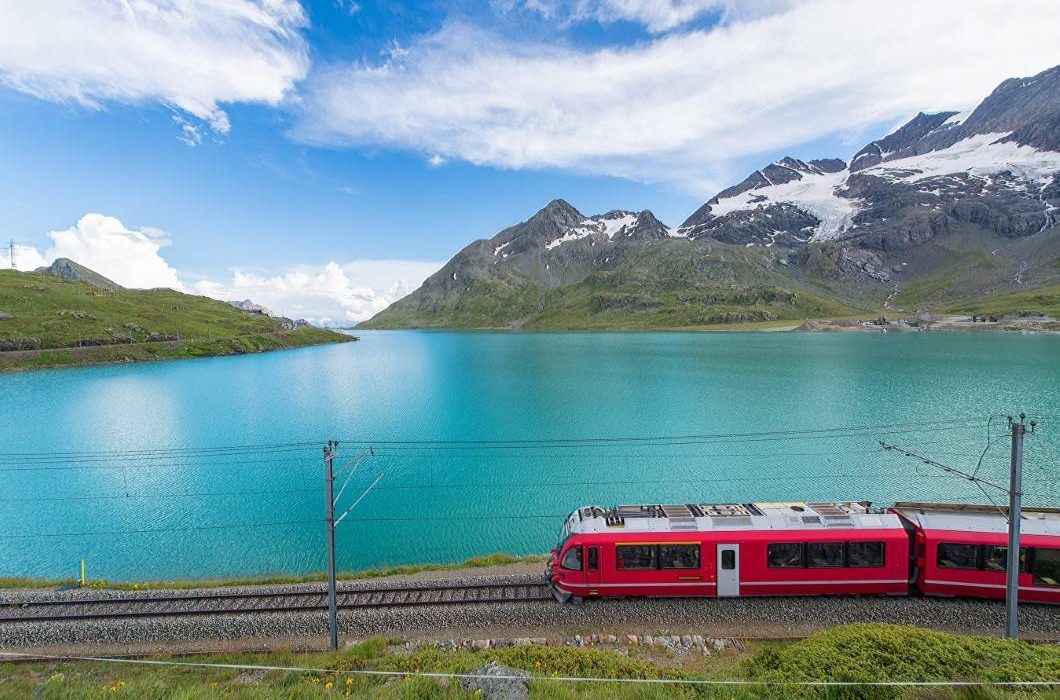
You might also like:
Mountain railways in the Swiss Alps enjoy the good times again. According to a recent report, their popularity goes up together with the revenues.
Philipp Lütolf, a lecturer at the Lucerne University of Applied Sciences and Arts, has evaluated the latest figures for the vast majority of mountain railways. Most of the data cover last winter, i.e. the 2018/2019 season, and Lütolf has certainly brought some good news from the point of view of the mountain railways.
The data show that 45 percent of the mountain railways, which are heavily dependent on the occasionally crisis-ridden winter business, exceeded their income from the best years to date. From 2008 to the beginning of 2011, almost everything was right for winter tourism: the weather was ideal and the franc was comparatively weak.
So now things are going even better. The share of railways with record sales will increase again if the companies with booming summer business are added to this. Then about half of all railways will have record yields.
The study confirms that Alpine tourism has succeeded in turning the tide. For eight years, things went downhill and the number of guests declined during almost every season. The strong franc made expensive Switzerland even more expensive. The Germans, faithful regulars, turned their backs on the country. The weather was making capers. On some tracks, only a long white stripe remained in the middle of the green.
But then the weather luck came back. The franc at least remained stable. The hotel industry lowered its prices. And so alpine tourism has already had two successful winters. The current season is also developing brilliantly so far. Over the holidays, masses crowded on the slopes. The smiles have returned to the faces of the tourists.
The hotel industry has lowered prices. Extra services were included in the price of an overnight stay. This has caused margins to shrink, which may become a problem in the long run. The power of renewal leaves much to be desired, says Schmid. In many places, there is a lack of money to cover one’s own investments.
The picture is similar to the mountain railways. Although a few businesses on excursion mountains are highly profitable, especially the summer business with guests from far away booms. But in the classic winter regions, the financial situation is usually tense. At the same time, many investments were pending. It will remain so. There can be no question of basically overpriced ticket prices.
Infrastructure costs more than ten years ago
First of all, Lütolf says that about half of the mountain railways achieve record sales. But he also says: “The entire industry will achieve about the same high revenues as ten years ago. And the infrastructure is much more expensive today. It needs more comfort, more snow cannons, more lifts, more of everything.”

Maintaining, renewing and eventually replacing the infrastructure requires much more money than ten years ago. The additional money that many mountain railways do not have. This means that even after two good winters, half of all mountain railways are not able to replace their own infrastructure under their own steam.
Winter pleasures are not sustainable, at least not in purely financial terms. In order to raise the necessary money, higher prices or more guests would be needed in the wintry Swiss Alps.
However, this situation has been in place for many years. So far, almost every damp mountain railway has found new investors. Closures are still a rarity. Whether this will change at some point is also a matter of debate among the experts.
Source: tourism-review.com
